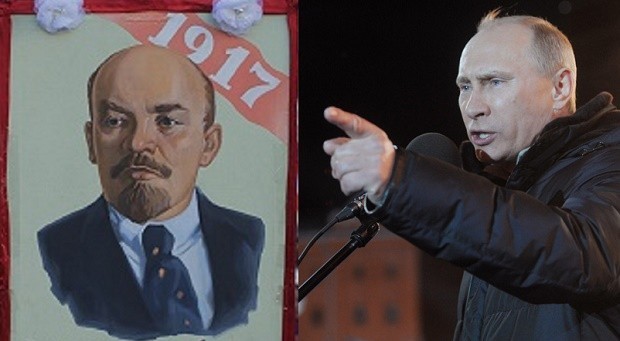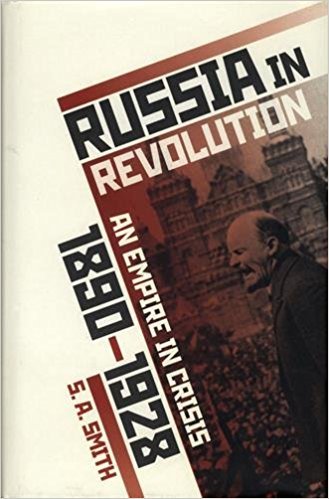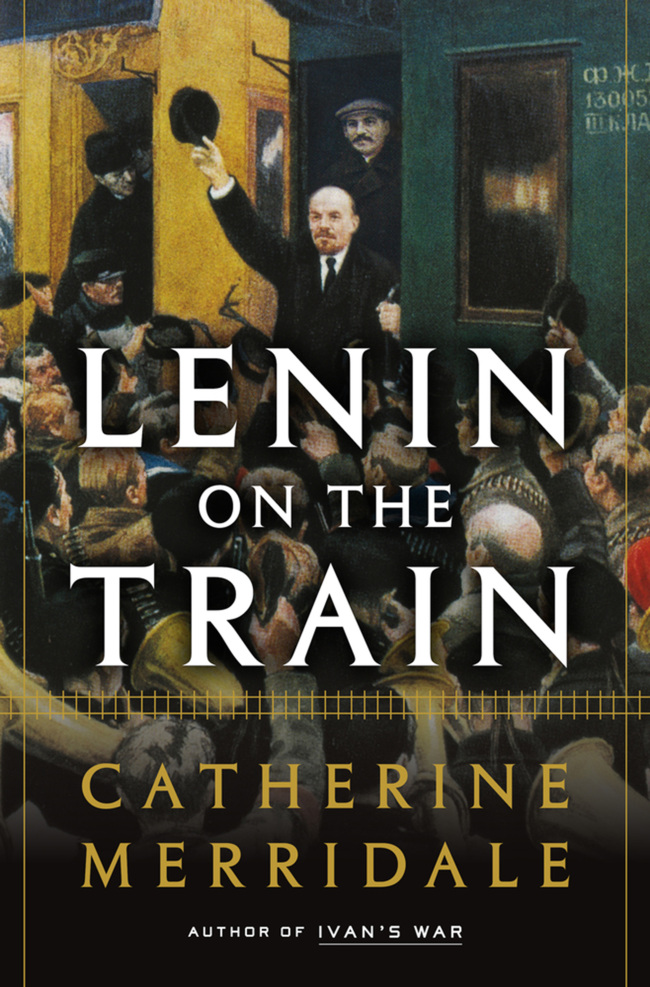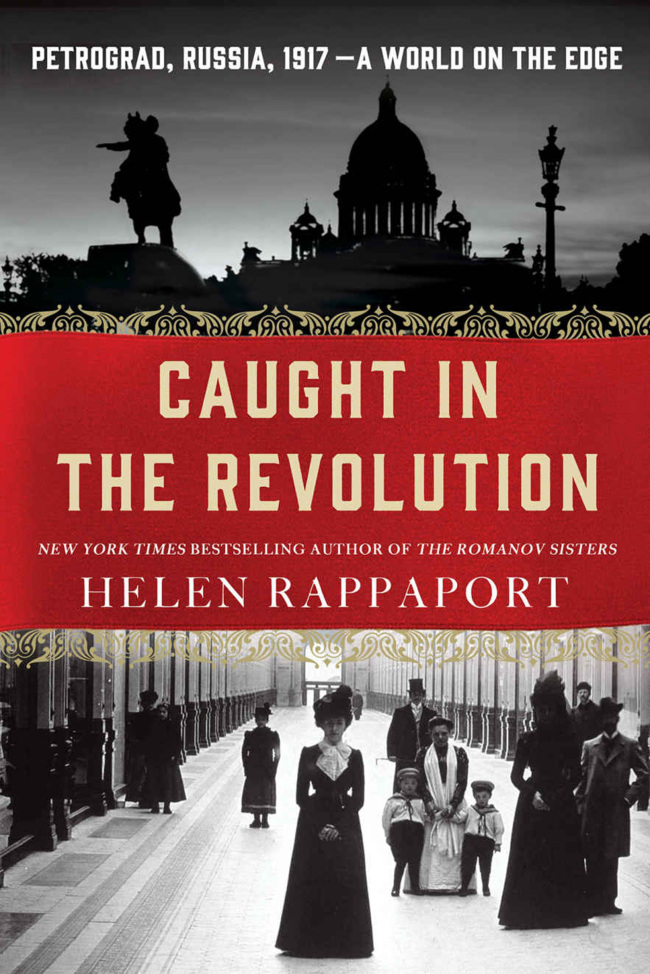“Russia in Revolution: An Empire in Crisis, 1890-1928” by S.A. Smith; Oxford University Press (455 pages, $34.95)
“Lenin on the Train” by Catherine Merridale; Metropolitan Books (353 pages, $30)
“Caught in the Revolution: Petrograd, Russia, 1917: A World on the Edge” by Helen Rappaport; St. Martin‘s Press (430 pages, $27.99)
“Lenin on the Train” by Catherine Merridale; Metropolitan Books (353 pages, $30)
“Caught in the Revolution: Petrograd, Russia, 1917: A World on the Edge” by Helen Rappaport; St. Martin‘s Press (430 pages, $27.99)

One hundred years ago, in February 1917, the Russian Revolution erupted in frigid St. Petersburg. It began with women -- factory workers, housewives, nurses and teachers -- protesting bread shortages caused by the World War I and it ended by toppling Czar Nicholas II. It would be a year of upheaval. Russians were granted new freedoms, only to see their country once again thrown into turmoil that October, when Vladimir Lenin and the Bolsheviks seized power and established the world’s first communist regime.
Arguably the most transformative event of the 20th century, the Russian Revolution was born of both fiery idealism and ferocious violence. It would promise democracy and end in the dictatorship of a one-party state in the reconstituted Soviet Union.
A clutch of new books, published in time for the centennial, revisit the events of 1917. Readers looking for an introduction to the deep roots of the revolution, its proximate causes and aftermath are well served by S.A. Smith’s “Russia in Revolution.” Smith looks at the social and political contexts, especially the failure of an earlier revolution in 1905, which led to political stagnation and crackdowns. But by many metrics -- the growth of civil society, increased industrial and agricultural production -- czarist Russia was moving away from revolution, Smith argues. It was the outbreak of war in 1914 that doomed the old order.
Smith writes authoritatively about the vicious civil war that engulfed Russia after the Bolshevik takeover, a conflict with few mercies. Bolshevism was ruthless in practice, but Smith cautions against “accepting the view that the Russian Revolution initiated a cycle of escalating violence that inevitably culminated in the gulag.”

In “Lenin on the Train” Catherine Merridale tells the extraordinary story of Vladimir Lenin’s history-making journey. Drenched in atmosphere, Merridale’s account has all the stuff of a spy thriller. Germany gambled, rightly, that Lenin would be a destabilizing force against its enemy and undermine the Russian war effort.
Lenin sat out the February events in Switzerland, where he was living in exile, waging factional fights with moderate socialists whom he often denounced more hotly than the capitalist order he vowed to overthrow. But in a shadowy deal struck with the Germans, Lenin secured passage by train to St. Petersburg. He entered the Russian capital in April, in one of the revolution’s most decisive moments, and galvanized his followers.
The author, a noted historian of Russia, nicely chronicles the long train ride, which took the Bolshevik leader and his entourage through Sweden and Finland.
She also looks into the murky backroom dealings and the vexed issue of how much Germany financed Bolshevik operations. The Provisional Government, which ruled Russia after the Czar’s abdication, accused Lenin of being a German agent. The charge doesn’t quite stick, but “there can be no doubt that Germany was pouring money into Russia” in 1917, Merridale writes. Lenin was a master of covering his tracks; still, there is just enough evidence to keep historians debating.

St. Petersburg, rechristened Petrograd, is a revolutionary character in its own right. In her superbly evocative volume “Caught in the Revolution,” Helen Rappaport conveys the sights, sounds, textures and smells of 1917 in the city. We vividly experience the revolution through the words of American, British and French expatriates -- diplomats, journalists, businessmen, nurses and others -- who witnessed the events.
Winter’s grimness -- the sun set by 3 p.m. -- made Petrograd “the weather waste heap of the world,” commented American bank worker Leighton Rogers. As soldiers’ wives queued for a pathetic ration of bread, diplomats drank fancy wines.
The author beautifully evokes the confusion of the February days, the swelling crowds and lashing resentments unleashed by years of war and deprivation. Rappaport’s almost pointillist account builds and builds until October, when Lenin -- “the idol of the mob” -- staged his coup. The Bolsheviks cracked down on dissident voices, establishing a “bayonetocracy,” in the words of the Dutch ambassador. Soldiers and sailors gorged themselves on booze looted from the rich. Out of such chaos, a new order was made. (Tribune Content Agency)
By Matthew Price (Newsday)

-
Articles by Korea Herald




















![[Today’s K-pop] BTS pop-up event to come to Seoul](http://res.heraldm.com/phpwas/restmb_idxmake.php?idx=642&simg=/content/image/2024/04/17/20240417050734_0.jpg&u=)